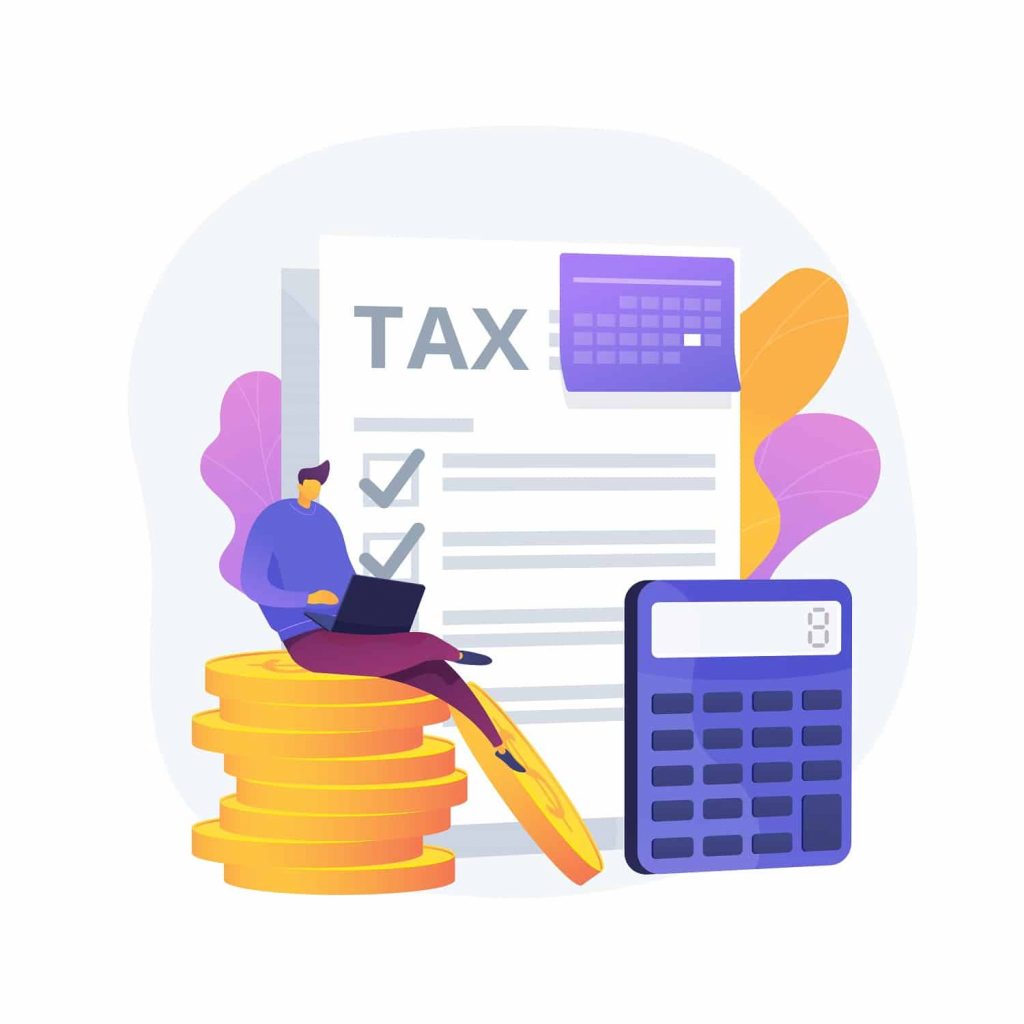How to Manage Taxation as a SaaS Company

Regardless of the market you target or the scale of your operations, you need to be on top of taxes from day one of running a business.
This certainly applies to SaaS providers, and yet because this niche is often occupied by startups, it’s not unusual for opportunities to be missed and corners to be cut. The solution is to bite the bullet and take taxation seriously straight away, so here’s a look at the things you need to do in order to not get overwhelmed by this process.
Understand Regional Differences in Tax Laws
First and foremost, you need to understand that taxes apply on the selling of SaaS products and service subscriptions depending on where your offerings are made available.
The US is especially tricky in this regard, because there are variations in different states. For instance, some regions don’t have SaaS-specific laws in place because of the digital nature of this type of product, while others do have a sales tax which amalgamates intangible goods.
Having the help of a reputable, certified accountant will let you navigate the murky waters of taxation. And you’ll have an even greater need of professional assistance if you are intended to sell to customers in other countries, where entirely different sets of regulations will apply from a taxation perspective.
There are lots of financial management strategies that businesses must adopt, and keeping on top of your taxes, particularly if you’re serving customers in several different jurisdictions, is a priority.
Look Into Minimum Thresholds
Another important concept to grasp is that small SaaS businesses might not be subject to certain types of taxes if they don’t meet the minimum threshold for the sales of goods or services in their stable.
In the majority of US states, that threshold sits at $100,000 as part of the recently revised economic nexus compliance. There are also thresholds in terms of the number of transactions which take place, whether or not a business has a physical footprint in a given state.
So for a lot of companies, unless you’re selling to over 200 people in one region each year, you may avoid falling under the remit of tax rules for SaaS sales.
Knowing that these rules exist is useful, but you also need to plan for the time at which you exceed the minimums for sales and transactions as your business grows. If not, you might struggle to adapt when the scales tip beyond this point.
Consider How To Structure Your Company
The structure of your business will impact how tax legislation applies to it, and of course, this is another element that differs depending on where you’re based.
For example, when registering a company in California, it might be wise to form a limited liability company (LLC). This is because the formation of an LLC in California allows you to benefit from pass-through taxation without having to take on personal responsibility for business debt.
This basically means that profits and losses will be recorded on your personal income tax return, while any other obligations relating to the business will not hurt your own financial status.
Forming an LLC is often better than forging ahead as a sole proprietor of a company, and will lead you down the path to eventually registering as an S-corp, which retains the pass-through tax entitlement and also lets you have up to 100 shareholders.
You will likely want to change the way your business is structured as it grows, so don’t assume that any choice you make at this stage is permanent. Again, with the guidance of a qualified accountant, you’ll be able to make the right decision at the right time.
Factor in Your Sales Model and Don’t Make Assumptions
There’s a temptation with a SaaS business to project sales forward and effectively upfront your revenue by making predictions according to current subscriber numbers and extrapolating them over a given quarter or year.
The reality is that customer turnover can be significant, whether you’re aiming for B2B sales or are in a B2C market. This is especially in the period when your company is still finding its feet. And you don’t want to be taxed heavily on revenues that you haven’t yet realized, only to find that subscription cancellations leave you with a serious shortfall.
Obviously, you can get cash back if you’ve overpaid any tax, but this is rarely a swift process, and you don’t want your cash flow to be adversely impacted for a reason that was entirely avoidable.
Embrace automation wherever possible
The less you have to think about meeting your tax obligations, the easier it will be to manage them without incident. This is where automation comes into play, and modern tax software is set up to make manual data entry tasks a thing of the past.
Everything from payroll to invoicing can be handled automatically today, and most solutions in this market are also able to connect you with your accounts expert whether or not they are a permanent employee. So, you really can’t skimp on this area, especially as the complex nature of tax is the bane of small businesses and startups.
Keep Investors in Mind
The majority of SaaS startups require significant capital investment in order to kick-start their operations, and one of the things which prospective investors will look into are your tax affairs. You might do this through private investment from high net-worth individuals, from venture capital firms, or even through crowdfunding.
Clearly, if you can show that you have got a grasp on tax before investors get involved, it will improve your prospects of securing the seed funding you need to get to the next level.
Another point to make is that tax rules on the investments you receive differ regionally, and crowdfunding in particular is an area that does not have as much legislation set in stone from state to state.
Be Aware of the Likelihood of Facing an Audit
Being audited is inevitable in the lifespan of your business, but the chances of it happening early on really depends on how quickly your operations grow and how widely they are publicized and celebrated.
SaaS businesses that go stratospheric in a short period are more likely to be targeted by auditors, because of course, this represents an opportunity for the tax authorities to generate more revenue from fast-growing firms.
Also remember that you can be audited in more than one place at the same time, in the case that your operations do indeed extend beyond a particular state, country, or global region.
The Bottom Line on Managing Taxation as a SaaS Company
The primary takeaway for SaaS startups is that tax is tricky to get right, but that doesn’t mean you should brush it to one side.
Having experts on the case from the very start will stand you in good stead. And knowing that getting over the complexities will be worth it because of the potential for growth that comes with working in multiple markets is a good way to get over any initial uncertainties you might have.
Sell more, understand your customers’ journey for free!
Sales and Marketing teams spend millions of dollars to bring visitors to your website. But do you track your customer’s journey? Do you know who buys and why?
Around 8% of your website traffic will sign up on your lead forms. What happens to the other 92% of your traffic? Can you identify your visiting accounts? Can you engage and retarget your qualified visitors even if they are not identified?



